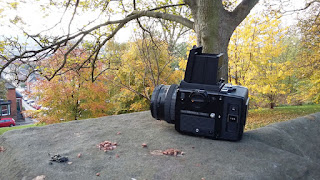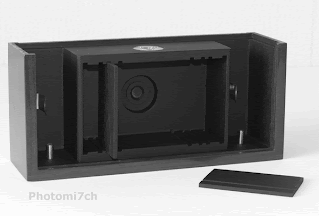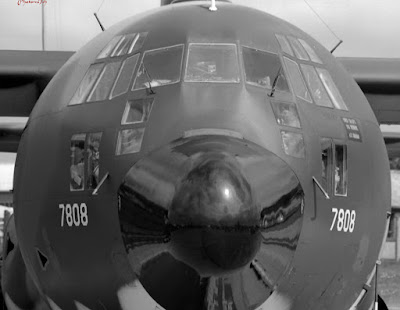Recently I felt the need to get back to some form normality with a bit of street photography. A return to where I started making photographs all those years ago when I did not realize that the images I was making came under this heading.
Street photography has been around almost as long as the invention of photography One of the early makers of street, although at the time it was properly not known as such, was The Reverend Calvert Jones with a panorama of Santa Lucia, Naples in 1846.
My need to do this has been fueled by the last three years, in my case with serious illness and then the covid lock downs, restrictions just as I'm well enough to go out. I had become a prisoner of circumstance that really needed to be broken. I also missed being out and about with the camera. Not that I stopped using a camera during lock down.
A plan was hatched, well! Not really more like an idea about exploring Lincoln's streets and see what images came along in true street photography style. I still needed to choose a camera I thought be bold, Bronica SQAi with 80 mm lens, look down viewfinder and 35mm film back done. Ah! Film?
Street Photograph is the over arching heading that encompasses the man made environment in which the image has been made such as people , portraits, candid, architecture, abstract, transport, still life, minimalist, photo journalist, paparazzo. You do not have to have people as part of the composition as long as the subject projects human involvement.
Those of you who know what a thunder clap the Bronica shutter makes will be thinking it was not a wise choice I did have the same thought. I did say be bold, as it turns out it has made no difference so far. I have made a couple of pictures of people standing very close to them and had no reaction to the shutter thundering shut. I have considered that photographers over play how loud they think the shutter is.
The places we live, the way we get around them and what we get up to are all
part of the scene. You only have to look back at some well know practitioners
in recent history such as Saul Leiter, Walker Evans, Berenice Abbot, Lee Friedlander they would include street seen-s devoid of people. In Berenice
Abbots case it was mainly the buildings that interested her. If you go back
further to Charles Marville in the 1860s he depicted the back streets and allies
without people.
It is good to be out and about meeting people with a smile and a nod as I strolling along the streets looking here and there for images to make. But there is a change an underlying arrogance, a lack of manners of some that insist they cannot wait for you to make an image walking in front of the camera then complain you have them in a image with a snotty look I just smile back. I find this attitude laughable as all of us who walk and or drive round will have been photographed at least 150 times a day by the authorities is OK and yet someone with a camera making images that you maybe a part of get unfounded abuse. Maybe at this point I should share some advice on what kit and how to go about making pictures. That is not really me I do not tell people how to be creative we are all different and therefore should approach street from your point of view. There is no special kit you should use apart from what you already have. What I will say is have an open mind to what maybe possible, a good set of walking boots are a must, after a few hours of walking about you will wish you had, use the bear minimum of kit again the same applies even though the camera and meter spend most there time in my hands I find that my shoulder can ache from carrying a camera bag that has little in it apart from some extra film and lens cleaning kit.
If you would like to read more this link will take you there Street P2 Street P3
Images in order of appearance:
- Bronica SQAi with 80 mm lens enjoying the view over Lincoln.
- Panorama of Santa Lucia Naples 1846 The Reverend Calvert Richard Jones.
- 4.5.6.7 Placeses in Lincoln























































